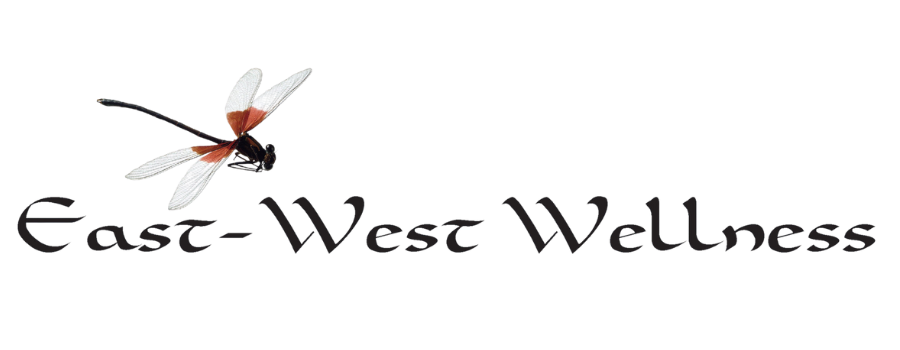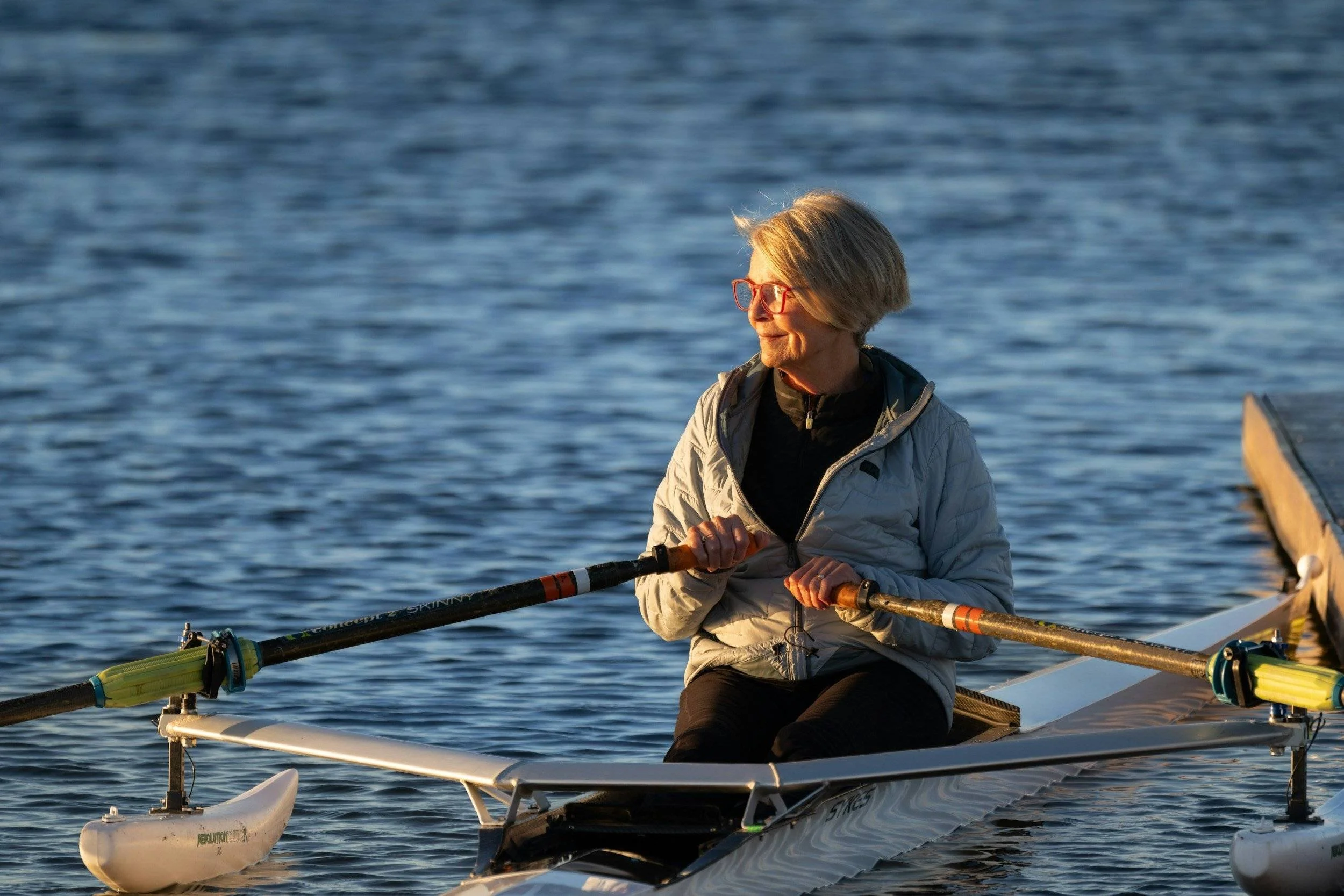Strong Bones, Lifelong Vitality: Osteoporosis in Women
Did you know your bones are constantly changing—even long after you stop growing? In fact, your skeleton completely renews itself every 10 years! But as we age, this natural process can get out of balance, leading to a silent but serious condition: osteoporosis.
First defined in 1993, osteoporosis literally means “porous bone”—and that’s exactly what happens. The bones become less dense and more fragile, raising the risk of fractures, particularly in the spine, hips, and wrists. Today, over 200 million people worldwide are affected, with women over 55 especially vulnerable due to hormonal shifts around menopause.
So what causes bones to weaken, and how can we support bone health through every life stage?
The Hormonal Connection
Bones aren’t just static structures—they're dynamic tissues influenced by hormones, nutrients, lifestyle, and stress. One of the biggest players in women’s bone health is estrogen, particularly estradiol (E2), a form of estrogen that helps prevent bone breakdown. But there’s another hormone you might not hear as much about—progesterone.
When menstrual cycles are regular and ovulatory, estrogen and progesterone work together to keep bone remodeling in balance. But irregular cycles, short luteal phases, or anovulation (when no egg is released) can lower progesterone levels—and without enough progesterone, bone-building activity slows down.
This kind of hormonal imbalance isn’t rare. It can be triggered by stress, poor sleep, over-exercising, disordered eating, and life transitions like perimenopause. In fact, women experiencing frequent ovulatory disturbances may lose about 1% of their spinal bone density each year.
Beyond Estrogen: What Else Impacts Bone?
While the drop in estrogen and progesterone plays a big role, other hormones matter too. Imbalances in thyroid, vitamin D, cortisol, insulin-like growth factor (IGF-1), parathyroid hormone (PTH), and FSH can all influence bone metabolism.
Low vitamin D, for example, can cause a rise in PTH, which triggers bone resorption (breakdown). Magnesium, often overlooked, is also key—it helps regulate vitamin D, reduce inflammation, and directly supports bone strength. Yet many adults don’t get enough from diet alone.
What Can You Do?
The good news? There’s a lot you can do to support your bones—naturally and effectively.
Nutritional Support:
Calcium, phosphorus, potassium, magnesium, boron, D, K, C, and zinc are essential.
Eat a nutrient-rich, whole foods diet—and consider supplements if needed. A micronutrient test can help you assess your nutrient needs)
Some of my favorite support products are collagen (Whole Body Collagen) and mineral complex (Complete Mineral Complex) especially in postmenopausal women.
Lifestyle Shifts:
Incorporate weight-bearing exercises like walking, dancing, or yoga.
Practice balance training to reduce fall risk.
Reduce stress and manage them with restorative practices, mindfulness, and quality sleep.
Hormonal Harmony:
If you experience irregular cycles or changes, work with a practitioner to assess hormone balance.
Bioidentical progesterone (cyclically administered) and low-dose bio-identical topical estrogen are gaining popularity for their gentler impact compared to older synthetic hormone therapies.
TCM Wisdom for Bone Strength
In Traditional Chinese Medicine (TCM), osteoporosis is seen as a reflection of weakened Kidney Jing (Essence) and imbalances in Qi, Blood, and Shen. TCM offers a rich, time-tested herbal pharmacopeia to support bones naturally.
Here are just a few powerhouse herbs with modern research to back them up:
Herba Epimedii (Yin yang huo): Supports estrogen balance, reduces inflammation, and boosts bone formation.
Drynaria (Gu sui bu): Known as “mender of shattered bones,” it’s a go-to herb for recovery and regeneration.
Curculigo (Xian mao): A Yang tonic that stimulates bone regeneration and improves mineral absorption.
Fructus Ligustri Lucidi (Nu zhen zi): Enhances calcium absorption and bone density, especially in post-menopausal women.
Eucommia (Du zhong): Stimulates growth hormone release and protects bone structure.
Psoralea (Bu gu zhi): Encourages bone mineralization and osteoblast development.
Eclipta (Han lian cao): Contains wedelolactone to boost osteoblast activity and bone calcification.
Salvia miltiorrhiza (Dan shen): Nourishes the Blood and prevents bone degradation.
Rehmannia (Shu di huang): A yin-nourishing herb that supports hormonal balance and bone density.
Atractylodes (Bai zhu): Strengthens the Spleen and inhibits bone breakdown at the cellular level.
These herbs are typically used in customized formulas to harmonize body systems and support long-term bone resilience—often with fewer side effects than pharmaceutical interventions. Depending on the patient pattern differentiation some common formulas that can be considered might be Liu Wei Di Huang Tang (Six Flavor Rehmannia formula), Bu Yin Tang (Supplement Yin Decoction), or Zuo Gui Yin (Restore the Left). This is a easy way to customize formulas for the individual’s presentation of osteoporosis instead of the diagnosis of osteoporosis.
A Holistic Path Forward
Osteoporosis doesn’t have to be an inevitable part of aging. With early attention to hormone health, nutrient sufficiency, lifestyle habits, and support from Eastern and Western medicine, women can build and maintain strong bones for life.
Your bones are your foundation—let’s keep them strong, rooted, and resilient.



